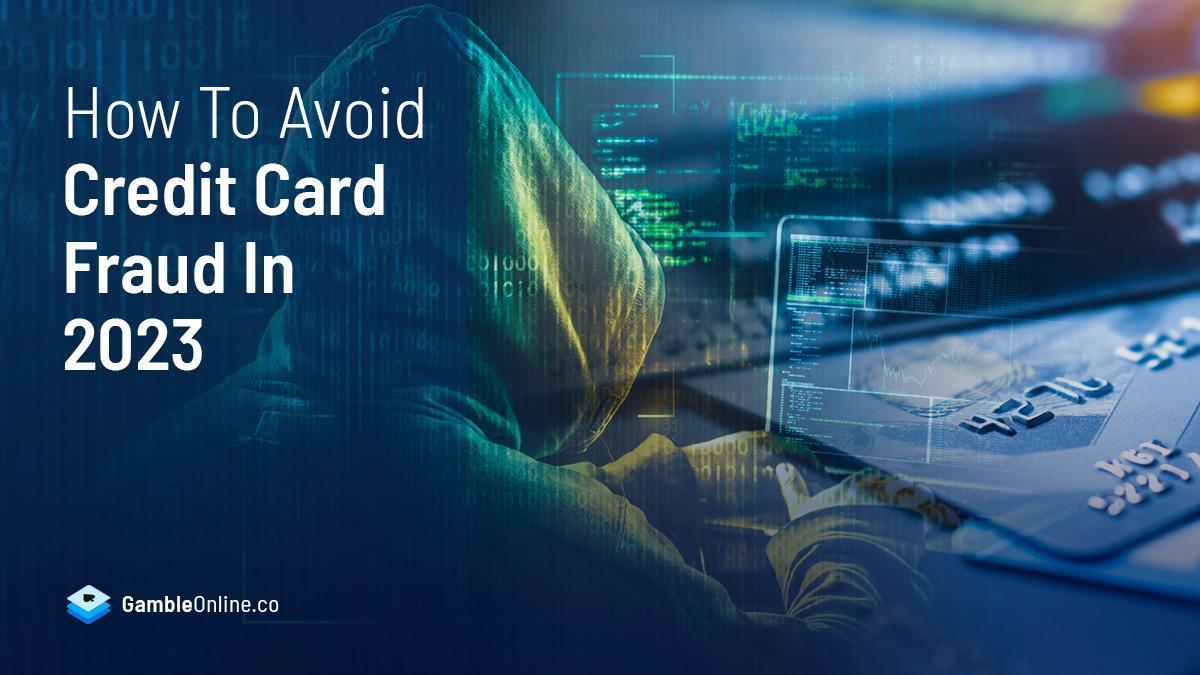Credit card frauds are for real. Imagine checking your credit card transactions and noticing a purchase you didn’t make. Scary, right?
Taking the necessary action to report the theft and get a replacement card is also convoluted and time-consuming. It leads to unwanted trouble for customers and banks alike. However, it doesn’t mean to stop using payment cards.
Vigilance is your best defense against credit card fraud.
Common Credit Card Frauds
A 2024 study shows nearly two out of three users experience credit card scams. The same report also states that 44% of American credit cardholders were victims of fraudulent charges last year. There are many ways fraudsters can steal your valuable banking data, such as:
- Hacking computer or commercial databases
- Obtain access to the bank account
- ATM or POS terminal cloning
- Lost or stolen credit cards
- Donation requests
- Phishing attempts
- Skimming scams
Thus, it’s crucial to stay prudent beforehand and save yourself from massive financial loss. Let’s explore the methods to protect your credit card information from scammers.
Activate Transaction Alerts
Ensure you activate phone and email alerts for your prepaid card to stay up-to-date about your daily transactions. It’ll send instant notifications for various banking activities, such as your purchases, reaching banking limits, and transfer requests.
If you notice any unauthorized transactions, you can quickly contact a credit card issuer to secure your account. At least you can limit the damage by taking prompt action.
You can also set up a fraud alert to restrict unauthorized access by a hacker or thief. If somebody tries to use your payment card, the creditor will call to verify your identity before processing the fund transfer request.
Beware of Phishing
Credit card users most often face scams through phishing attacks.
For instance, they’ll send a clickable link by creating an official credit card company’s near-similar logo and email address to trap you in the scam. Or an imposter will call you as a bank executive to get your card’s CVV number and expiry date.
Remember, no banks or prepaid card service providers ask for sensitive information via phone or mail. Always verify the source by contacting the card issuer before providing your personal information to anyone.
Don’t Use Public Wi-Fi
Always avoid using your credit card via public Wi-Fi at cafes, restaurants, hotels, airports, and other public locations. These networks are most vulnerable to malicious actors who use advanced tools and methods to steal users’ banking data.
Never Store Card Details on Online Platforms
The trend for online money transfers accelerated credit card misuse and identity thefts. People usually save their bank details if they frequently pay on a specific credit card online casino or e-store.
It may save time on the next purchase but can make your card data vulnerable to online breaches.
What if a cybercriminal hacks that website? All your data will compromise at once. So keep your credit card information off any website.
Pay with Phones
With the advent of e-wallet apps, you can reduce the use of credit cards and the chances of scams. Mobile wallets require you to link your card details once to send or receive money anytime. It means you don’t need to re-enter card details every time.
Further, these apps use tokenization technology that encrypts valuable data during transactions. It creates a one-time random number to process funds from your linked credit card. Thus, both merchants and hackers can’t see your card’s information.
For added protection, you can also add biometric authorization to the digital wallets, such as fingerprint scans and facial recognition. This tip helps during lost or stolen phone incidents. Nobody but only you can access your e-Wallet details through biometric authorization.
Use Multi-factor Authentication
Adding multi-factor authentication is another excellent method to protect against credit card scams. With this, your transaction will only process after you confirm your identity through a code received via text or email.
Thus, nobody can misuse or transfer funds through your prepaid card without that unique one-time code.
FAQs
1. Who handles credit card fraud?
Usually, issuing banks handle credit card fraud. After you raise a complaint, the bank will collect all relevant data to analyze the fraudulent transactions.
2. How many types of credit card frauds are there?
There is a plethora of credit card scams. Hackers can steal your card details through phone, email, text, online, ATMs, and even in person. It can include stolen cards, card cloning, identity theft, phishing, account takeover, etc.
3. Who pays for credit card fraud?
When someone steals your credit card or data, the issuing bank or merchant where the transaction happened pays for the amounts lost. Hence, cardholders aren’t liable for fraudulent transactions.
Final Words
As hackers are becoming more sophisticated, staying cautious is your responsibility. It allows you to avoid scams and take the necessary steps to protect your finances.
Fraud-proof isn’t a reality, but it’ll make the thieves work harder next time. Detecting red flags on time will protect your finances, identity, and mental peace.
Read More: Have a Credit Card? Here’s How You Can Make the Most of it!
